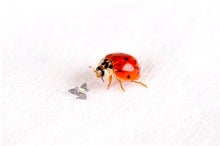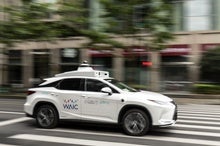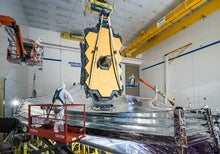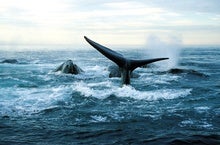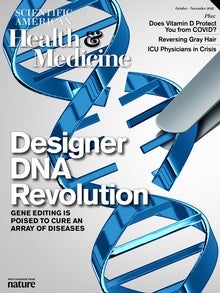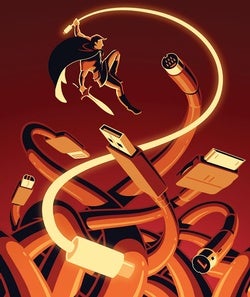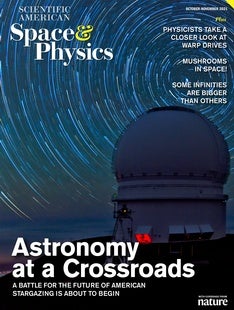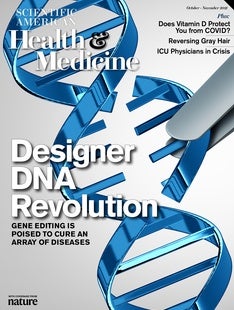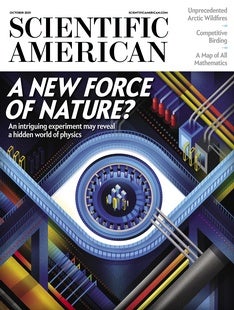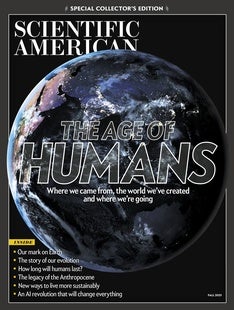 |
| September 28, 2021 |
Dear Reader,
The European Union has proposed a new rule that would rid people of the tangled mess of charging cables we currently use by requiring all small electronics to switch to the USB-C charging standard. They claim this would also reduce electronic waste—but it might not be in the way we expect. |
| |
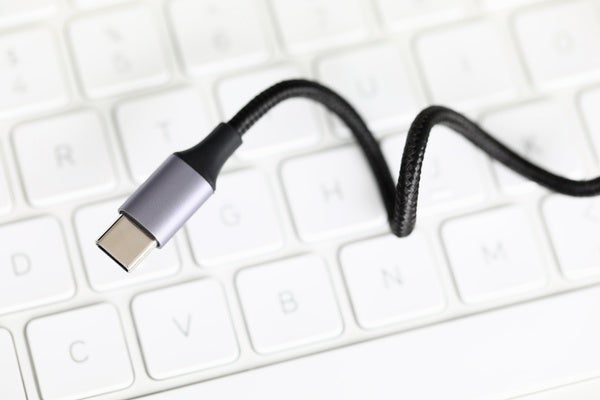 |
| |
| |
| |
| |
| |
| |
| |
| |
FROM THE STORE
 | | | |
| QUOTE OF THE DAY
 "Despite all the innovation that's made its way into agriculture in recent years, from GPS-guided tractors to genetically engineered seedlings, 85% of all irrigation is still done by releasing vast quantities of water across the surface of a field, pretty much the same way it was handled 4,000 years ago in Mesopotamia." Elizabeth G. Dunn, Bloomberg Businessweek | |
| |
FROM THE ARCHIVE
 | | | |
LATEST ISSUES
 |
| |
| Questions? Comments?  | |
| Download the Scientific American App |
| |
| |



